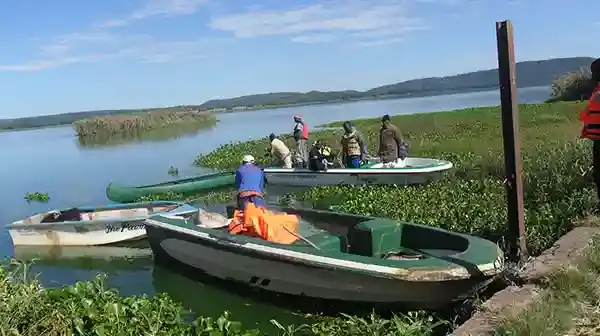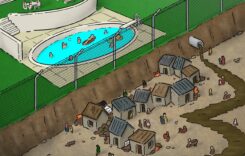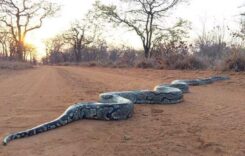Claim: Messages circulating on various social media platforms claiming dead fish have been washed ashore at Lake Chivero due to cyanobacteria poisoning.
Is this true or false?
Verdict: True
The Zimbabwe Parks and Wild Life Management Authority confirmed that an estimated 1,000 fish have died from the cyanobacteria poisoning. It said that raw sewage runoff from the Marimba area has forced contaminated water into multiple bays creating hazardous conditions for aquatic life. To allay fears that the contaminated fish could be sold to the public the agency has closed off the lake to the public as it carries out its investigations.
What are Cyanobacteria?
According to the Office of Environmental Health Hazard, Cyanobacteria, also known as blue-green algae, are a family of single-celled algae that proliferate in water bodies such as ponds, lakes, reservoirs, and slow-moving streams when the water is warm and nutrients are available. High volumes of cyanobacteria are usually caused by human activity enriching the water with phosphorous and nitrogen.
What is Cyanobacteria Poisoning?
Many cyanobacteria species produce a group of toxins known as microcystins, some of which are toxic. The species most commonly associated with microcystin production is Microcystis aeruginosa. Upon ingestion, toxic microcystins are actively absorbed by fish, birds and mammals. Microcystin primarily affects the liver, causing minor to widespread damage, depending on the amount of toxin absorbed.
How can you be exposed to cyanobacteria poisoning?
People swimming or boating in contaminated water can be exposed to microcytins. Microcystins may also accumulate in fish that are caught and eaten by people.
What is the risk of human exposure to high levels of cyanobacteria poison ?
Exposure to high levels of blue-green algae and their toxins can cause diarrhoea, nausea or vomiting; skin, eye or throat irritation; and allergic reactions or breathing difficulties.
Is Harare’s tap water treated for Cyanobacteria?
Gas Chlorine and Calcium Hypochlorite (HTH) are some of the chemicals used to neutralise algae and bacteria in Harare’s water.
Source
Zimbabwe Parks and Wildlife Management Authority
https://www.health.ny.gov/environmental/water/drinking/bluegreenalgae/faq.htm
https://oehha.ca.gov/media/downloads/ecotoxicology/document/microcystin031209.pdf
Related content
Do you want to use our content? Click Here












